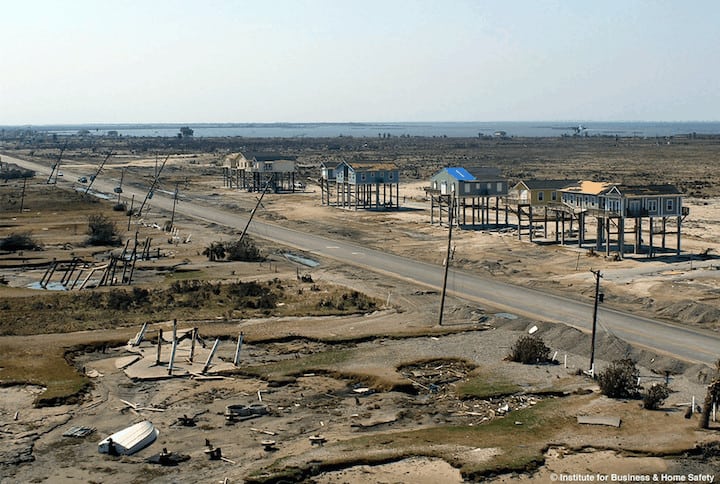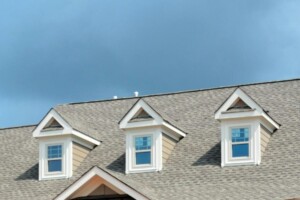If a hurricane or tornado hit your house, would it stay in one piece? The odds aren’t good. Most building codes don’t require that homes be constructed to withstand destructive weather. In fact, many localities don’t have or enforce building codes at all.
Mississippi didn’t set a statewide code until last year, nearly a decade after Hurricane Katrina. It took a big step, becoming an early adopter of strict insurance industry guidelines for wind-resistant roofs. But the rules aren’t mandated and some localities have opted out. While building codes have improved a lot since Katrina, few places in coastal Alabama, Louisiana and Mississippi have adopted strong roofing standards to protect against hurricane-force winds, according to the Insurance Institute for Business and Home Safety, an industry research group.
Hurricanes, tornadoes and your roof
You’d think we’d have come a lot further since Katrina, the most catastrophic natural disaster in U.S. history. In New Orleans alone, the storm affected 70 percent of occupied homes and caused $151 billion in damage. Insurers paid more than $41 billion in claims.
It’s no wonder they’re lobbying for stronger building codes. There’s evidence that they work. On Sept. 13, 2008, Hurricane Ike swept over Audubon Village in Texas, wiping out 270 houses. The 10 left standing had been built to the insurance industry’s Fortified construction standard. (Three Fortified-built houses were destroyed when neighboring homes came unmoored and smashed into them.)

Renovating your home?
Find out what your home's worth, edit facts, and see the impact of home projects.
Nails, cars and your roof
Renovating your home?
The problem, of course, is money. Even a poorly constructed house can be expensive these days. And when it’s time to get a new roof or windows, who wants to (or can) pay more than necessary? Here’s food for thought: The added cost of a weather-resistant renovation isn’t much compared to the overall value of your house, said Mark Pizzi, president and chief operating officer at Nationwide Insurance. Something as simple as a ring shank nail, for example, can increase a roof’s strength threefold.

Pizzi is trying to convince homeowners, mortgage lenders, appraisers, real estate agents and politicians that better construction is worth the price. It protects property, saves lives and reduces the public cost of disasters. His campaign brings to mind what the consumer movement did for cars half a century ago, when crashworthiness was barely a concept. Now, safety is a selling point.
“Car safety sells because the safety of a vehicle matters to a consumer buying it. In homes, that’s not true,” Pizzi told Redfin. “People assume basic building codes keep them safe.”
Looking to save money on your mortgage?
You, your pocketbook and your roof
What should you do? Start by looking for financial aid. Some insurers and governments are offering incentives to homeowners who opt for storm-resistant rehabs. Mississippi and Alabama require insurers to lower your premium if you build or retrofit your house to Fortified standards. Grants or tax credits are available in some states, too, including North Carolina, South Carolina and Georgia. Ask your insurance company what might be available where you live.
If you’re on a coast, in tornado alley, or near a wildfire zone, there’s lots of information at Disastersafety.org, an insurance consumer site. The site also can help you find a builder trained in fortified construction. If you’re buying new construction, learn your local building codes.
Peak hurricane season returns this week, with Ignacio and Jimena churning toward Hawaii. Meanwhile, we continue to build homes that aren’t weather ready. Nationally, fewer than 2,000 houses have been constructed to insurers’ Fortified standard. In contrast, coastal Mississippi alone has added more than 28,000 housing units since Katrina, according to the Census Bureau. How many will remain standing after the next big storm?
“If I were putting a new roof on my home today, I would do it very differently,” said Pizzi, who lives in Ohio. Meanwhile, he’s watching the Weather Channel and hoping for a quiet season.
“We haven’t had major landfall hurricanes in several years now,” he said. “But we’re insurance people. For us, it’s just a question of when and where.”
Questions or comments? Lorraine.woellert@redfin.com



























 United States
United States Canada
Canada